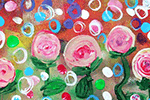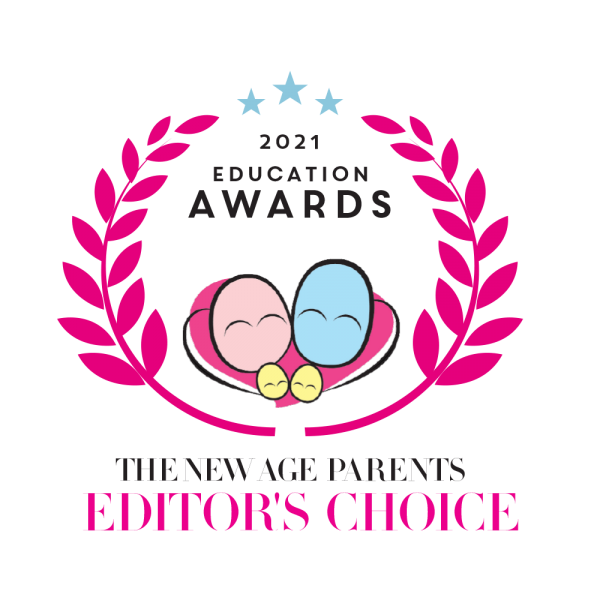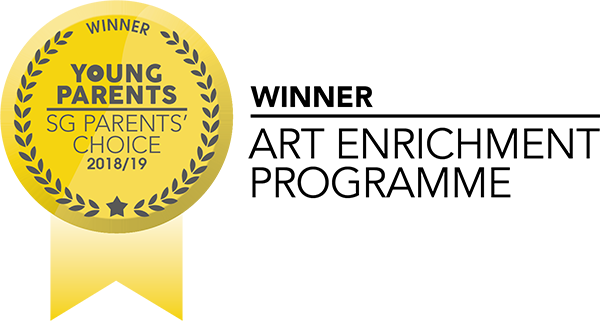Arts Education
- Promoting Creativity in Children
- Making Your Own Children's Art Studio at Home
- Importance of Art in Learning
- Art Safety for Children
- Art Mazes for Children
Art Safety for Children
Arts are usually considered as fun and relaxing times to the children, and are usually the most enjoyable times in a pre-school programme. As children tend to engage very closely with the art materials, it is important to pay attention to the simple guidelines for selecting art supplies, designing art activities and making the environment child-proof.
Here are some some pointers to note when choosing art supplies for children:
- Look for proper labels Art supplies are aplenty these days, with many manufacturers branding and marketing their stationery specifically for art use. Always choosing materials that are designed for children and youths, with labels that they are child-safe or non-toxic.
- Do your research If you have questions about a product, start off with research from existing users on Amazon, Google, or contact the manufacturer to understand what substances were used in the product.
- Not all children are the same Many parents and pre-school educators often fall prey to assuming that all art and craft supplies are safe for all ages of children. Look out for age labels on the packaging. Scissors, crayons, and adhesive glues are products which are commonly attached with age labels. For example, use only blunt tip cutting apparatus are provided for children below 6.
- Whenever possible, choose water-based products Other solvents such as oil, alcohol or other toxic solvents cause adverse reactions to children when in contact with skin or mouth. For example, avoid permanent alcohol markers, and opt for water-based odorless markers only.
- Avoid ready-made paper mache Instead, opt to make paper mache from recycled paper and non-toxic white paste. Ready-made paper mache may contain toxic substances when inhaled. If powder plaster is used, always put on a mask. Be sure to wipe surfaces after use to remove fine residue.
- Use PVA white glue Avoid rubber cement or solvent based glues that may be unsafe for children. Do not be attracted by their low price points, or small-sized bottles. Polyvinyl acetate (PVA) white glue is usually the safest for children.









